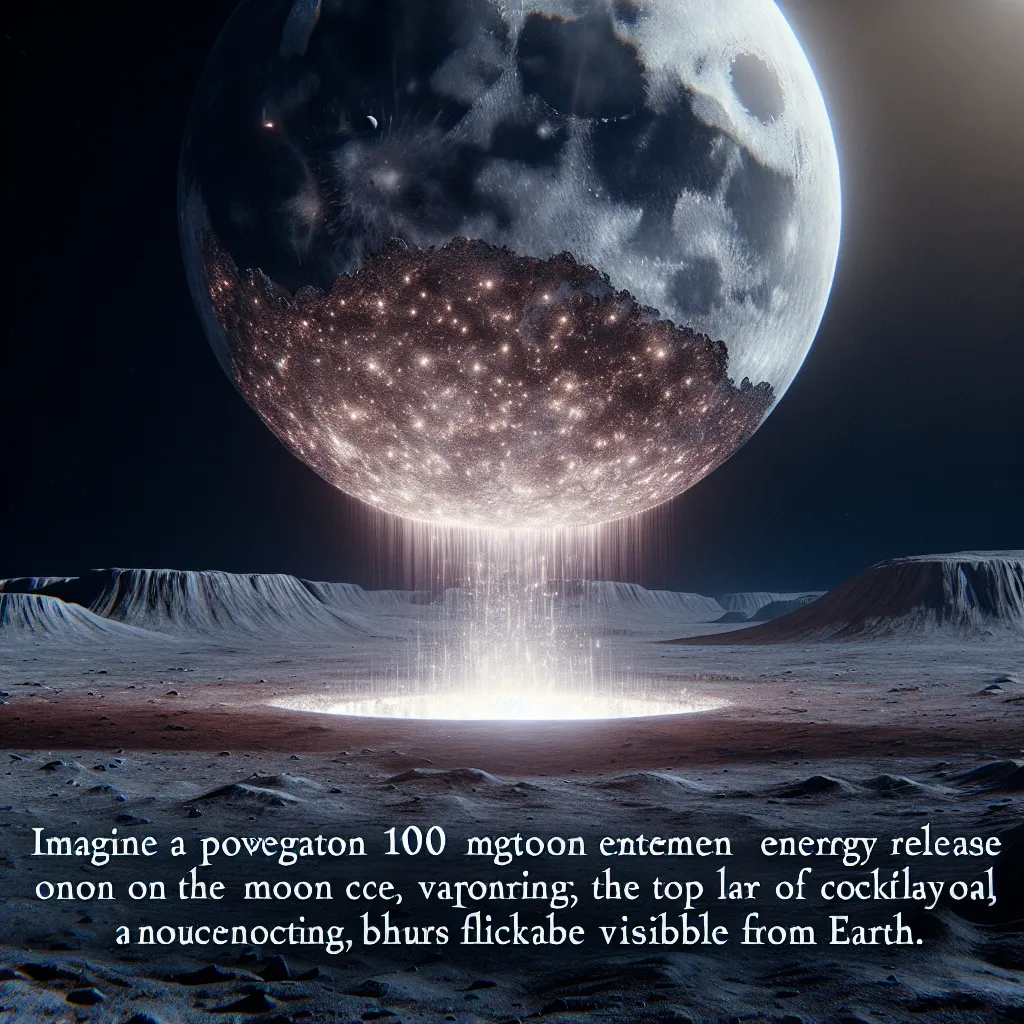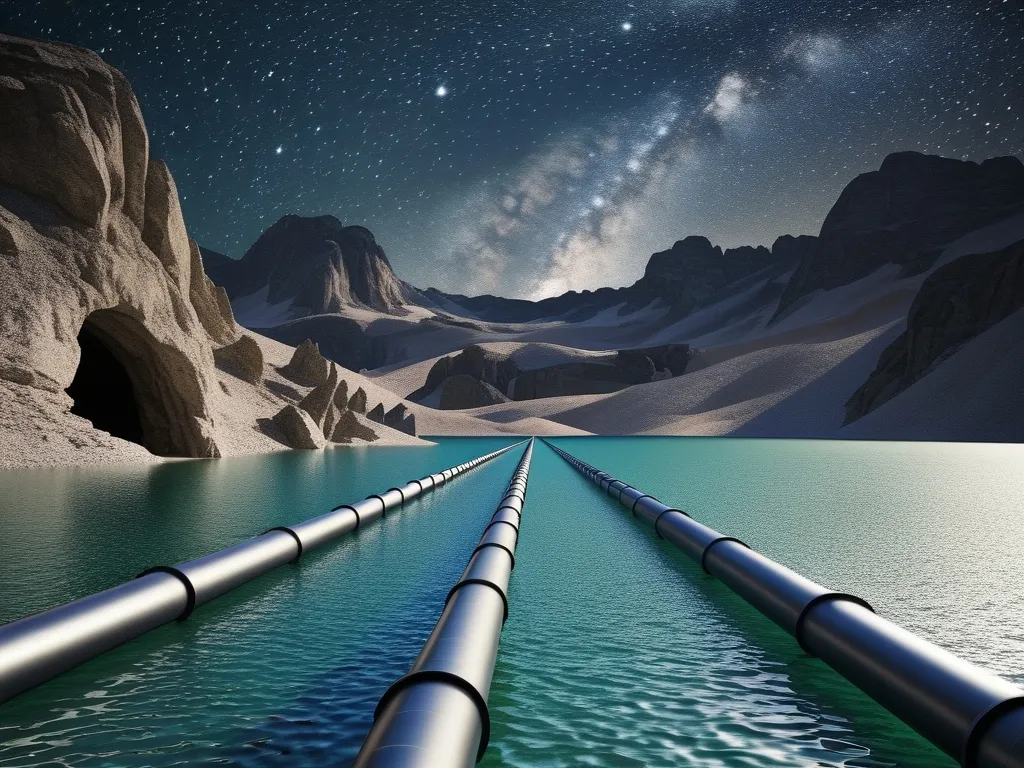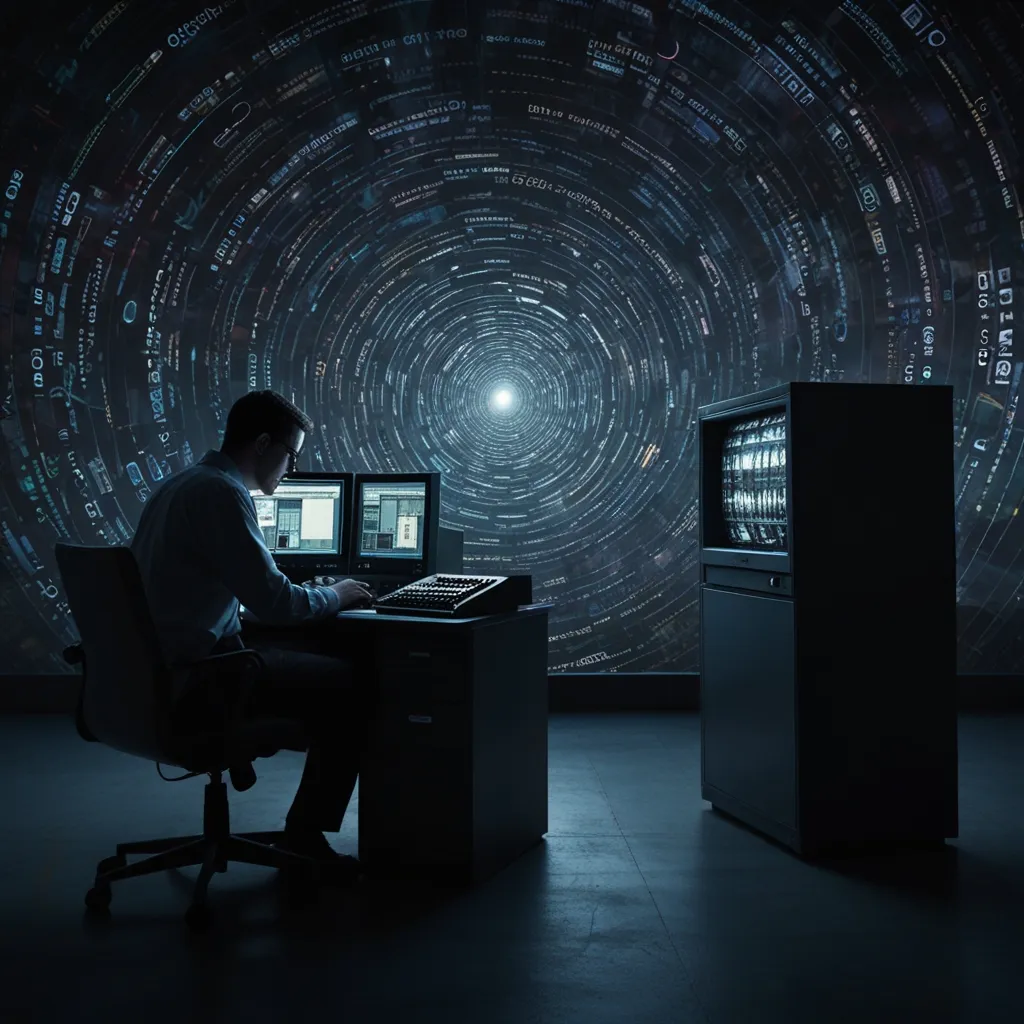Space travel is undoubtedly one of the most thrilling and challenging pursuits humanity has ever embarked upon. However, with every rocket launched and satellite deployed, we’re inadvertently setting a trap for ourselves. This trap grows more dangerous each year and could, if triggered, end the Space Age, confining us to Earth for decades or even centuries.
Getting something into space requires enormous speed. First, rockets move straight up to leave the atmosphere, then sideways to orbit the Earth. Achieving a Low Earth orbit means circling our planet at incredible speeds, falling around it indefinitely unless extra energy is used to break free. This is great for maintaining space stations and satellites, which is why much of our space infrastructure is just a few hundred kilometers above Earth.
However, this space is becoming a junkyard. When rockets launch, they drop empty fuel tanks, many of which stay in orbit. Decades of space travel have left Low Earth orbit cluttered with spent boosters, broken satellites, and millions of tiny shrapnel pieces from explosions and missile tests.
The numbers are staggering. We have thousands of defunct satellites, tens of thousands of larger objects, and millions of smaller debris pieces hurtling around Earth at speeds up to 30,000 km/h. Even the smallest debris can cause severe damage— a collision with a piece the size of a pea can vaporize on impact and punch holes through solid metal.
This debris endangers our trillion-dollar space infrastructure. Essential services like global communication, GPS, weather data collection, and scientific research rely on our satellites. Already, a few satellites are destroyed each year by this space junk, and with space traffic increasing, we’re nearing a tipping point where collisions could become a catastrophic chain reaction, known as a collision cascade.
If two satellites collide, they turn into clouds of debris capable of destroying more satellites, escalating the problem exponentially. This could eventually destroy all satellites in orbit, creating a deadly debris field that makes space travel impossible and takes down essential services, setting technology back decades.
But there may still be hope. The space industry is better at avoiding space junk, but the problem is growing. Innovative solutions are being considered for removing space debris—methods like capture and return missions or using nets, harpoons, or electromagnets to collect debris. Lasers might be used to vaporize smaller pieces altogether.
We need to act soon. If we don’t start cleaning the space above us, our dreams of exploring and colonizing space could be halted before they fully begin.






